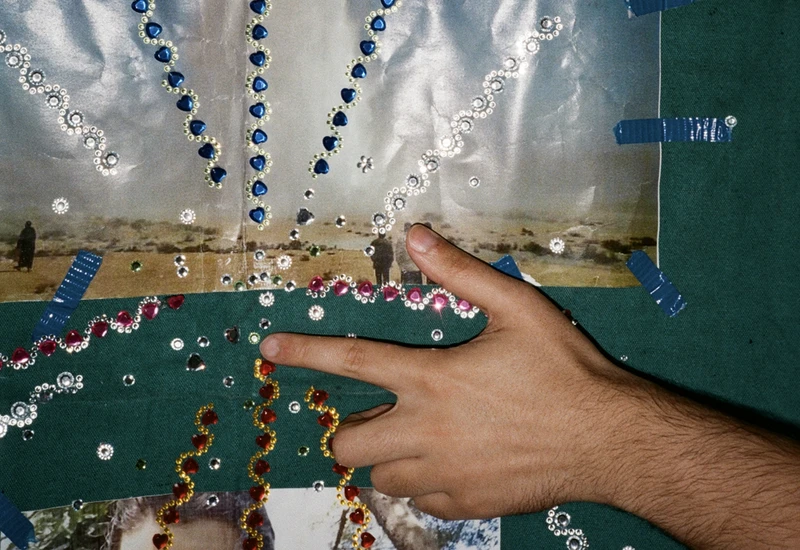Tawfik Naas: Chaos is a Flower
12 Apr-1 Jun 2024
PV 11 Apr 2024, 6-8pm


San Mei Gallery presents Chaos is a Flower, a new exhibition by Libyan artist Tawfik Naas featuring a newly commissioned body of work including sculpture, wall and installation-based artworks.
Tawfik Naas’s interdisciplinary practice looks to create environments that offer alternative frameworks for understanding historical trauma, drawing on cosmological and ecological perspectives.
This exhibition in particular focuses on the troubled history of the ‘Great Manmade River’, a government-led infrastructure system initiated in the late 1980s by the then-Libyan leader Muammar Gaddafi. The Great Manmade River was designed to bring fresh water from underground fossil aquifers in the Sahara to the populous coastal regions of Libya. Often described as the world's largest irrigation project, the Great Manmade River aimed to provide water, security and agricultural development by transporting vast quantities of fossilised water that had accumulated thousands of years earlier when the Sahara had been home to a lush and temperate climate. However, the project produced a myriad of unintended consequences that caused distress and trauma to individuals and communities involved, including Naas’ own family who migrated soon thereafter.
Naas assembles historical details, personal images and symbolic references from this narrative using a methodology he refers to as a ‘post eco-cosmic review’ that amalgamates both cosmological and ecological perspectives. In his work Sepal, Petal, for example, Naas transposes a found image of fossilised water erupting from beneath the desert ground following a NATO bombing in 2012 onto the outer protective layer of a jacket. From this violent geopolitical act, Naas highlights the water’s agency against the hubristic forces of human extraction, an explosion that he likens to a blossoming – a stem protruding from the ground.
Chaos is a Flower turns away from linear understandings of historical events and collective trauma that position history within the limited framework of anthropocentric perception, inspired by the morphology of germinating plants as a symbol of resilience and hope. Rather than remaining within the historical confines of what he calls the event of ‘geohydrotrauma’, Naas instead offers more cosmological conceptions of time in order to expand the possibilities for rewriting histories through the regenerative and restorative lens of deep time and deep ecology. If trauma can be understood as a repetitive bind in which its victims become forever “stuck” within the traumatic event, the exhibition offers a speculative environment alive to moments of transformation and healing.